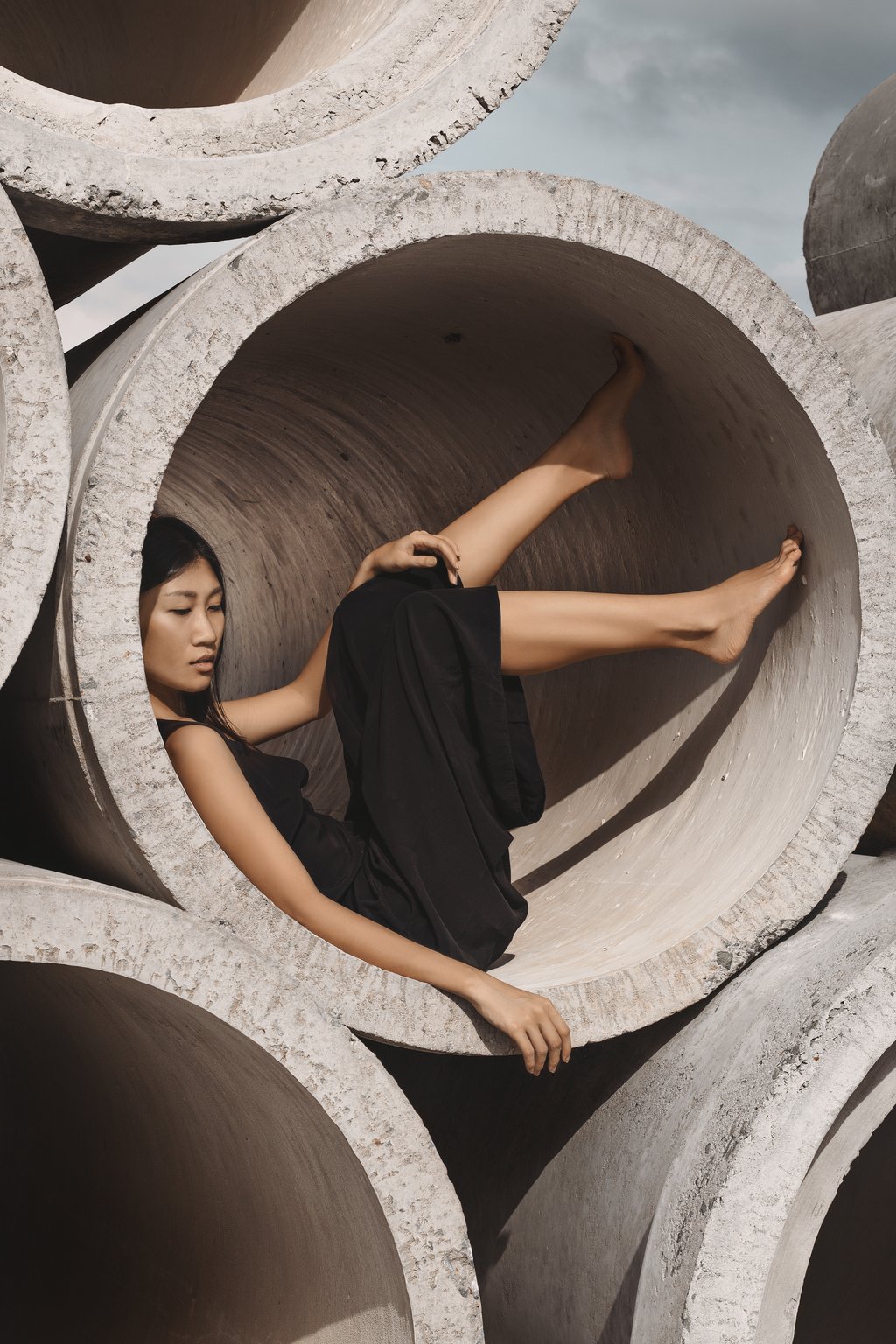
The pose then need not be regarded with suspicion of artifice that clouds the authenticity of the sitter instead, it can offer an approach to truthfully portray the sitter.
#Portraiture vs portrait full
Of course, it’s full meaning encompasses many creative mediums like photography, fine ar. IN a sense, this is a type of photography. A portrait is a specific type of capturing the beauty of a human being. Contemporary artists continue to test the definition of portraiture. Answer (1 of 7): Well, this is like asking what’s the difference between a house and a room. I identify two aspects of posing that can be present in the portrait these are the “posing sitter,” who holds the actual physical pose, but also point out the use of a “posing effect” in the image, which I call the “posed sitter.” Third, I address the worry of posing as a source of inauthenticity and demonstrate how this can be reframed in order to lay bare its capacity for enhancing truthfulness. The invention of photography in the mid-1800s made portraits affordable to a wider.

Yes, its still a portrait of a person (or many people). In today’s photoshoot we are comparing the 50mm vs 85mm for portrait photography. My argument first discusses authenticity in relation to portraiture through the lens of Bernard Williams’s idea of “truthfulness,” which relies on his notions of “accuracy” and “sincerity.” Second, I introduce a phenomenology of posing. Lifestyle portraiture is the polar opposite of traditional portraits.

With clients all over the world Jonathan will help you capture. Often understood as a source of inauthenticity, I propose that posing in fact functions as an artistic tool that can support a truthful portrayal. Based in Toronto Ontario Canada, Jonathan Bielaski is an environmental portrait specialist. Each stage of Roman portraiture can be described as alternately veristic or classicizing, as each imperial dynasty sought to emphasize certain aspects of representation in an effort to legitimize their authority or align themselves with revered. Before the 1800s, portraits typically depicted a sitters external likeness they also indicated his or her standing in society through clothing, setting, or the choice of surrounding objects. This article explores the compatibility of posing and authenticity in portraiture. The development of Roman portraiture is characterized by a stylistic cycle that alternately emphasized realistic or idealizing elements. Like other traditional artistic genres, portraiture was radically transformed with the advent of modern art. Important personalities and events in the family history together with victories and other achievements were recorded pictorially.


 0 kommentar(er)
0 kommentar(er)
